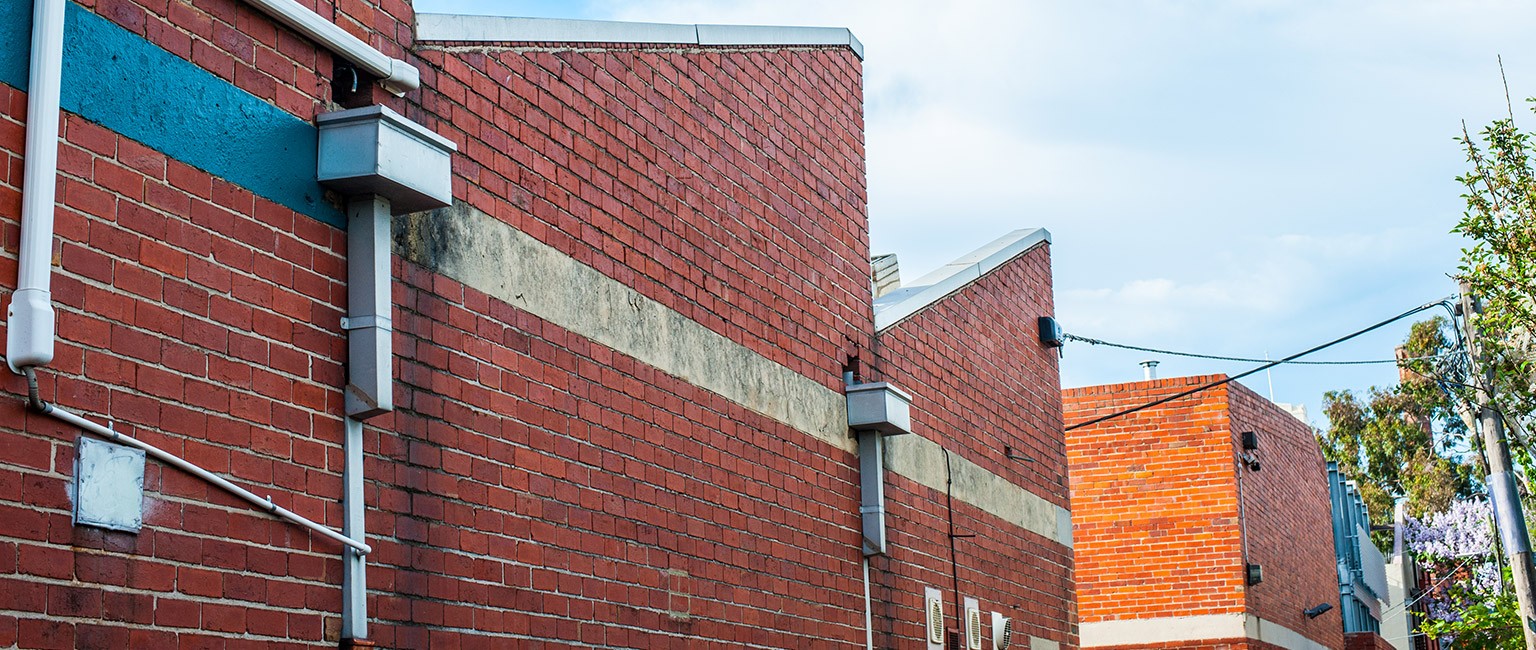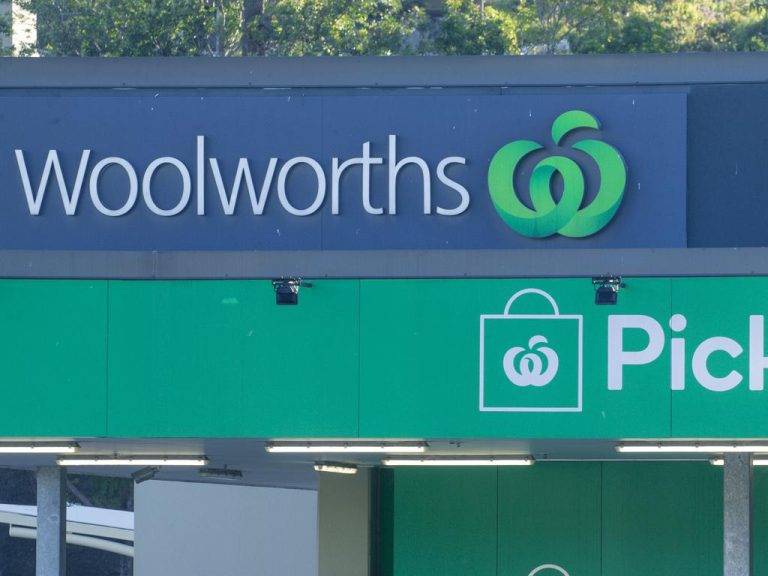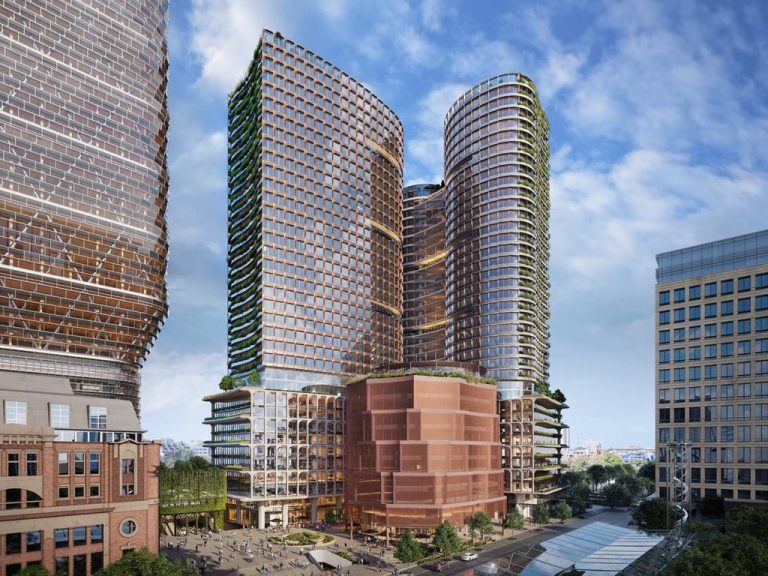What’s driving industrial land prices in the inner suburbs?

The price of industrial land is rising across inner Sydney and Melbourne, even as industrial use and the manufacturing sector decline.
So is it residential in-fill development driving land prices up? George Bougias, Research Director at m3property says it is.
“The work of our valuation team is finding that industrial land in Melbourne’s inner north has seen a doubling of prices in the last five years, and in cases where a property is suitable for conversion to residential, that increase has been even higher.”
It’s a similar pattern in Sydney where prices are being driven by broad social and economic trends.
“People want to live closer in, but change is also being driven to some degree by a disaggregation in the economy, with the higher value knowledge jobs remaining in the inner core while many industrial uses, like logistics, head to the outer suburbs where land is cheaper,” Bougias says.
Sky high: Why I love my backyard of skyscrapers

Change is being driven by a disaggregation in the economy.
The new paradigm has been a blessing for owners of secondary properties which are often ideal for conversion. In an increasingly globalised market locals are also competing with overseas developers in search of suitable sites to satisfy demand from investors and homebuyers.
“The result is a lot of money chasing few assets.”
“With most communities in the middle suburbs resisting development, the focus will remain on inner suburban sites – for the foreseeable future at least.”
Given favourable economic conditions, that foreseeable future should see this market’s driving factors remain in place. While much has been made of the current wave of development, the 25,000 units being built in both cities is not enough to keep up with population growth.
“There’s is no doubt that state planning authorities have a big challenge on their hands,” Bougias says. “In Melbourne, the planning task is daunting, how to accommodate 960,000 new dwellings by 2050 in established metro areas – 310,000 of these units are supposed to be built in just five municipalities in the inner city.
“In Sydney, which is the largest destination for new migrants, the metropolitan plan calls for an additional 664,000 dwellings in inner Sydney by 2031 to cater for population growth of 1.6 million.”
The question of where that development in Sydney will find a home is arguably the most vexed.
A plan to build residential buildings over train lines was quietly shelved by the state government and height restrictions remain in place in the CBD, limiting high rise development. Many sites suitable for residential development in the inner south and west were converted to high yielding office use some time ago.
In Melbourne, Bougias says it is areas to the north and west of the city where in-fill conversion will continue.

“In the south and east, developers are more likely to consider refashioning buildings for the office or mixed-use markets. But on the opposite side of town, we are seeing smaller sites become vacant and the wind down in the auto sector will lead to more properties becoming underutilised. Those owners will want to realise value and selling for residential development offers the best pathway.”
The gentrification of inner suburbs has proven a lucky break for many industrial property owners and for the moment at least, it’s a trend that looks set to keep on giving.







